Community
House conversion of Baptist chapel refused
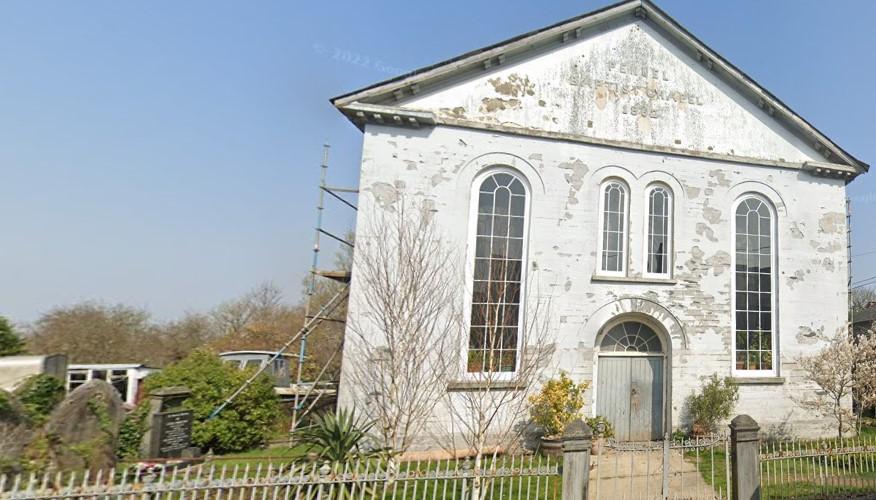
PLANS to convert the roof space of a disused Pembrokeshire Baptist chapel to living accommodation have been refused.
Toby Downing, of The Vestrey, Penuel Chapel, sought permission for the conversion of the roof space of Grade-II-listed Penuel Chapel, High Street, Cilgerran.
Work started on Penuel Chapel in 1861, designed by John Evans of Cilgerran, and was used as a place of worship up to 2009.
The chapel building has been used in the past from time to time as a village community hall, prior to the construction of a new hall funded through a grant from the Millenium commission after the year 2000.
A heritage statement – through agent Oliver Llewelyn – in support of the plans said: “The Baptist organisation which no longer has any ownership or other rights in the property has relinquished any desire to perpetuate the use of this building for worship or any other community activity, and has expressed a willingness to support an application for change of use of the chapel as well as the vestry.
“This proposal consists of the conversion of the roof space of the existing chapel building to residential use. In order to enable access to the proposed converted space it is necessary to construct a stair in a corner of the building. The new stair will be positioned so as to minimise its impact, constructed immediately above an existing stair but without its removal.
“It is a fundamental truism inherent in the preservation of any asset in human use that in order to ensure conservation into the future, it needs to continue in usefulness. It is often necessary to change the purpose of a building in order to ensure its continuing usefulness.
“Fortunately, in this case, the works anticipated, being solely to serve the needs of a single occupant, will have a very minimal impact on the appearance of the building either inside or out. There will be no need to change any aspect of the detail of the building or the fittings contained beyond the partitioning of the proposed staircase, and some modification to the internal timber roof structure. Plumbing and drainage pipework, as well as electrical wiring will be concealed in the upper floor thickness and in the vertical studwork of the stair enclosure.”
A Pembrokeshire County Council officer report, recommending refusal of listed building consent, said: “The proposed balcony is a crude intervention in what is otherwise an externally well-preserved chapel of the 1860s in the Georgian tradition.
“It is considered that the balcony proposal, which is recessed within the rear gable end, would have a negative impact on the character of the listed building. The harm is caused by the erosion of the building’s aesthetic and evidential value as a complete example of a 1860s chapel in the Georgian tradition.”
The application was refused on the grounds of the design “being harmful to the historic character and significance of the listed building”.
Community
Council accused of acting as ‘town sheriff’ after stopping boxing event

LLANELLI Magistrates’ Court has ruled that Pembrokeshire County Council’s decision to stop a charity boxing event in Milford Haven was incorrect. The judgement was delivered on Monday, June 17.
The charity boxing event, originally scheduled for May 31 at The Hangar, was postponed due to the council’s actions. The Hangar, which has operated as an occasional events venue since September, appealed the council’s decision to issue a counternotice stopping the event.
Temporary event notices (TENs) authorise such events, and the council had consistently granted these notices until last month, when its Licensing Sub-Committee issued a counternotice, citing noise complaints and alleged misuse of the TENs process.
The objection leading to the counternotice came from a council officer who claimed the venue had become a public nuisance due to noise complaints. This officer also argued that the venue’s frequent applications for temporary permissions were an abuse of the TENs system and the council’s licensing policy. The court heard that the complaints were from two Milford Haven town councillors, one of whom lives nearby.
The magistrates were told that the sub-committee’s role was to determine if the noise complaints were significant enough to halt the event. The Hangar’s manager, Steve Bartram, argued that the boxing event would be quieter than other events previously held at the venue.
However, David Walters from Pollution Control informed councillors he would object to any further applications for events at The Hangar due to the risk of public nuisance from noise complaints.
On appeal, the magistrates criticised the council for placing too much emphasis on the perceived misuse of the TENs system. Bartram’s barrister, Matthew Graham Paul, successfully argued that the operation of the TENs system is defined by statute and should not be overridden by the council’s policies, regardless of individual officers’ opinions.
The magistrates noted that there had been no complaints about previous boxing events and that the complaints about other events were not clearly evidenced. “We do not consider the counternotice should have been issued because the boxing event was unlikely to cause a public nuisance,” the bench stated.
“We had to consider if the decision of the sub-committee was reached by correct procedure, and we find that it was not. We allow the appeal.”
Regarding costs, Mr Paul argued for reimbursement of his client’s legal fees of £1,750, stating, “The sub-committee was misled by the council officer. They considered their own policy rather than the merits of the boxing event.”
“Pembrokeshire County Council were effectively saying ‘we are the sheriff in this town, and we say how we do things around here’,” he said.
Pembrokeshire County Council’s counsel, Ben Blakemore, countered, “The council made a decision and it made a mistake. Mistakes happen. The council should be able to make decisions without fear of incurring costs at appeal.”
” We are all human and mistakes happen. We are not yet in the situation where AI and computers can make these decisions for us”, he said.
Both barristers cited case law to support their arguments on costs. After a short adjournment, the bench decided to reserve the matter for a future date, allowing time for legal submissions from both sides to be considered.
Speaking after the hearing Steve Bartram said: “After the licensing committee hearing last month I felt a profound sense on injustice. It was ridiculous that the council stopped a charity boxing event, organised to raise money for a worthy cause. There were no noise complaints at the last boxing event, and the noise complaints against The Hangar which relate to other events are basically nonsense.
“I now hope that the council officer who has been against our venue reconsiders his stance and starts to support our venue, which I believe is important for the community of Milford Haven.”
Community
Has the mystery of how Preseli rock got stonehenge finally been solved?
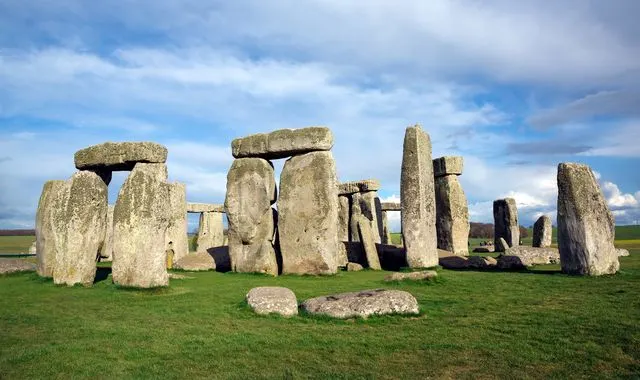
- ‘Lost’ Boulder Proves the Bluestones Were Transported from Wales by Glacier Ice – and NOT by Humans, Study Claims
A NEW study of the ‘lost’ Newall Boulder suggests it was transported by ice, potentially overturning the theory that humans moved the stones for Stonehenge.
How Neolithic humans might have transported so many huge boulders from Wales to Stonehenge is one of archaeology’s most enduring mysteries. However, a new study of a ‘lost’ boulder taken from the Stonehenge site over 90 years ago suggests that humans might not have moved the stones at all.
Dr Brian John, a retired geology lecturer from Durham University who lives in Pembrokeshire, argues that this bluestone boulder bears marks which suggest it was moved by glacial ice. This would undermine the common theory that the bluestone was quarried in the Preseli Hills of southwest Wales and manually transported to the Salisbury Plain.
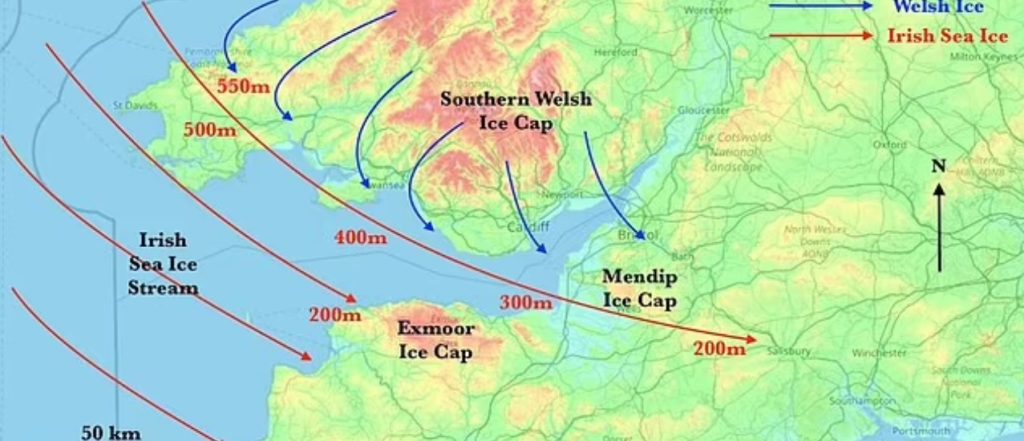
Dr John said: “I think it’s hugely significant because it supports the assumption I’ve had for some years that these are not humanly-transported.”
In addition to the tall Sarsen stones that make up Stonehenge’s distinctive appearance, the site is also home to around 80 smaller bluestones. It is generally agreed that these stones originate from the Preseli Hills of south-west Wales, but how they got to Stonehenge is often debated.
Dr John’s argument centres on an analysis of a bluestone boulder about the size of a human skull, known as the Newall boulder. This boulder was first excavated in 1924 by the geologists Colonel Hawley and Robert Newall. Hawley originally thought the rock was just a piece of rubbish and wanted to throw it away rather than analyse it. However, Newall saved the stone from the rubbish heap and placed it in a cardboard box in his attic alongside a number of other finds from the site.
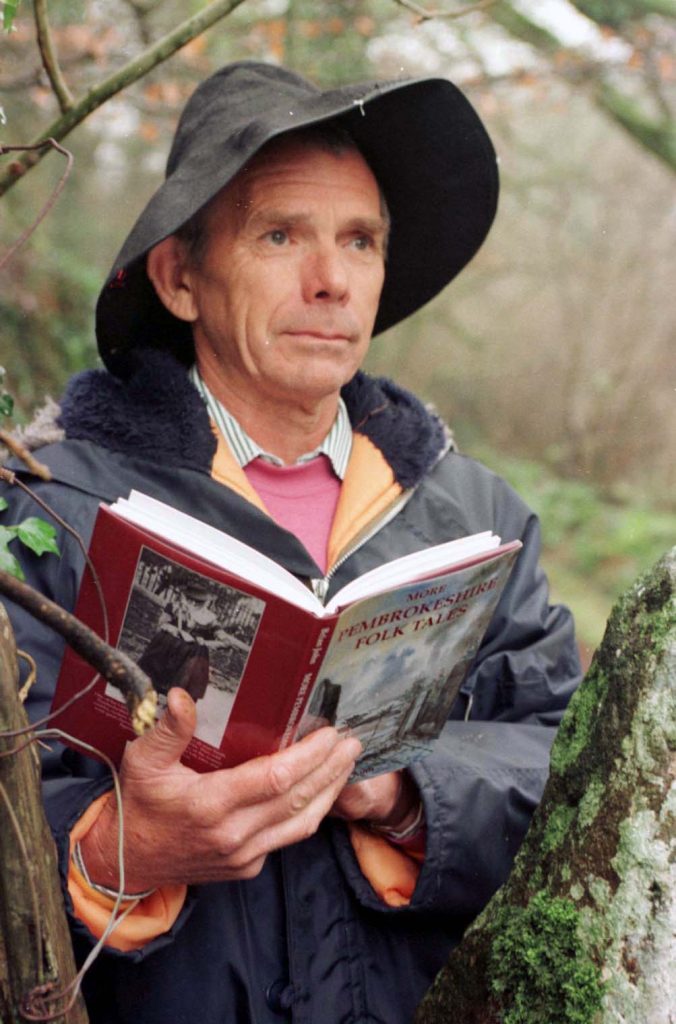
The boulder remained there until Newall passed it over to the Salisbury Museum shortly before he died in 1976. There was a brief burst of interest in the boulder around 1977, but then it was placed back into storage and effectively forgotten for another 46 years.
However, in 2022, Dr John found a reference to the boulder and asked the Museum Director, Adrian Green, if it was still in storage. On discovering that it was, he was given permission to examine it and undertake a careful examination of its surface features.
Through a detailed analysis of the boulder’s surface, Dr John identified a series of marks that suggest glacial, rather than human transport. “Glacially transported boulders tend to have facets,” Dr John explains. “That means they’ve got a number of different faces at angles to one another which actually indicated where a boulder has been abraded or, basically, sanded down.”
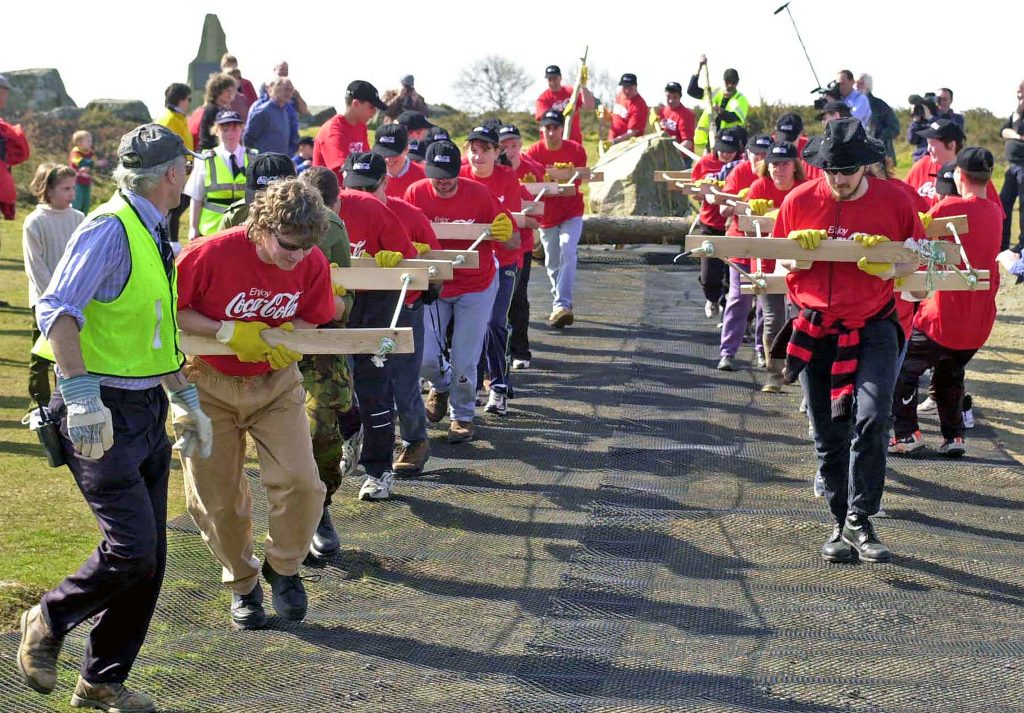
As boulders move with a glacier, they get flipped over from side to side, creating several different flat faces with rounded edges, just like the Newall boulder. In addition, the boulder bears a series of scratches and small fractures, called striations and chatter marks, which are often caused by glacial transport.
And although the Newall Boulder isn’t exactly the same type of rock as the other bluestones, Dr John says this is exactly what his theory would predict. He says: “It’s often claimed in popular articles that the bluestones are all made of spotted dolerite which is this type of igneous rock we get on the Preseli Hills but they’re actually about 30 different rock types. That enormous range of rock types is absolutely typical of the way that ice travels across the terrain and picks up boulders from here there and everywhere.”
Dr John suggests that this provides convincing evidence that the Newall boulder and all of the smaller bluestone boulders at Stonehenge were moved by glacier. His claims land him squarely at the centre of one of Stonehenge’s most contentious debates. The idea that the stones were transported to Salisbury Plain began with the geologist Herbert Henry Thomas in 1923. Although Thomas was quite spectacularly wrong about almost everything, the human transport theory is still extremely popular.
A team of researchers led by Professor Mike Parker Pearson of UCL have been some of the most active proponents of this theory, arguing that the stones were moved over land. Recently, Professor Pearson and his team even claimed to have discovered evidence which identifies the quarry of the Stonehenge bluestone, dating this to 3000 BC.
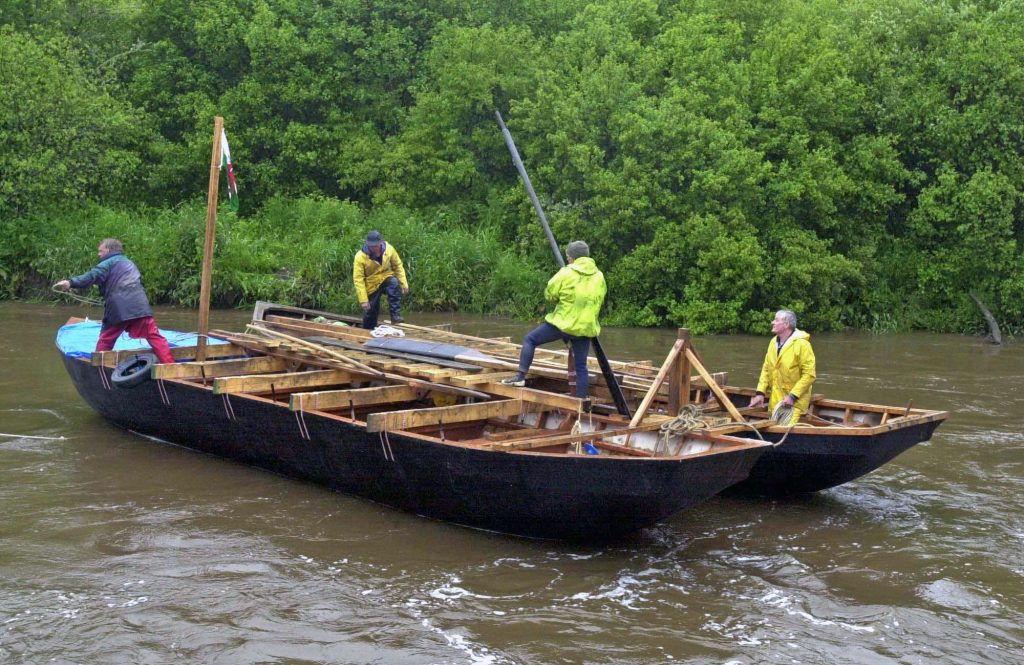
However, Dr John now says his discovery should “open up the debate” for a consideration of other theories. He says: “Herbert Thomas thought that because glacial transport was impossible they must have been carried by human beings. That’s now part of our national myth because people have not seriously questioned it before; it’s just been accepted as the truth.”
Instead of the orderly and rather deliberate building project we sometimes imagine Stonehenge to be, Dr John says: “I think it’s always been a bit of a shambles.” He argues that the Neolithic builders simply used the stones they had in their immediate vicinity, rearranging and moving the smaller bluestones as needed. And, when they eventually had to travel too far to gather more stones, the project was simply abandoned in the state we now find it. “It was a Neolithic cost-benefit analysis that eventually the costs of getting the stones were greater than the benefits that were coming from it,” he says.
However, the ultimate test for his theory would be cosmogenic dating – a test to determine how long rocks have been exposed to the surface by measuring their exposure to cosmic rays. If Dr John is right, the deeply weathered surface of the rocks should have been exposed to the elements for hundreds of thousands of years. Alternatively, if the stones were quarried they should only have been exposed to cosmic radiation for around 3,000 to 5,000 years.
While the debate over the origin of the stones is still very much alive, Dr John believes the evidence of weathering will remain strong. He concludes: “I’m very confident that if one or other university can get its act together and actually get this done these stones will be seen to have been subject to cosmogenic bombardment from the atmosphere for possibly hundreds of thousands of years. That would knock the quarrying idea on its head once and for all.”
Business
Application for 28 affordable homes in Solva submitted
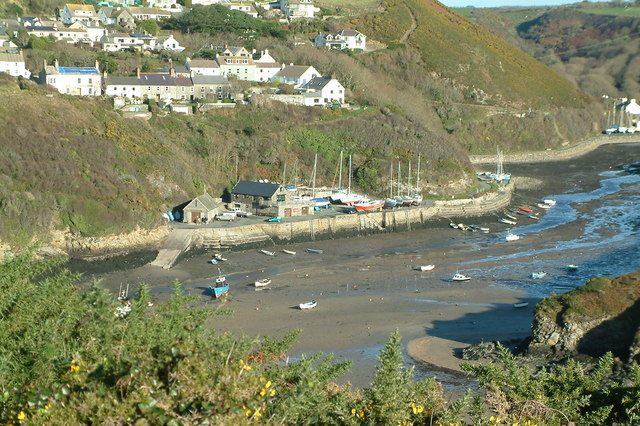
A SCHEME for 28 affordable homes on the site of a Pembrokeshire football pitch has been submitted to national park planners.
The application, by housing group Ateb – in partnership with Solva Community Land Trust – seeks permission for the two-stage development on land adjacent to Bro Dawel, Solva.
The hybrid application seeks full planning for the first stage: 17 social-rented dwellings, flexible open space, landscaping, highways and drainage infrastructure, and other associated works, with outline planning permission is sought for a second phase of a residential development of 11 dwellings.
A supporting statement accompanying the application says:”The greenfield site extends to approximately four acres and is currently laid out as two former football pitches, one full-sized pitch and one smaller pitch serving under-8/9s, of which are now overgrown. The site lies immediately adjacent to the settlement of Upper Solva, next to the A487 which links the settlement to St David’s to the north and Haverfordwest to the south,” adding: “The site is currently owned by Pembrokeshire County Council on long lease the community council/AFC.”
It goes on to say: “The scheme intends to provide a phased development of circa 28 high-quality affordable, sustainable dwellings and a new large multi-use green space, which will be carefully designed to operate diversly as a focal high quality outdoor space for the local community capable of being used, on occasion, as an under 11/12s football pitch.
“For the purposes of phase one (full planning), the design will include 17 dwellings, specially designed to respond to local character and context, as well as the diverse community greenspace to the west.
“For the purposes of phase two, 11 dwellings will be provided with a mix of one, two and three bedrooms.”
Referring to the first development of 17 homes, a design statement says: “The principle of the development is considered acceptable with the site being allocated by the local authority and in a sustainable location considering the rural nature of the area and the challenges this presents.
“Furthermore, the development proposes a scheme of 100 per cent affordable housing, supporting key principles of both local and national policy.”
The application will be considered at a later date.
-

 News5 days ago
News5 days agoTwo people killed, and two injured in A477 traffic collision
-

 Crime2 days ago
Crime2 days agoPembroke Dock residents ‘terrified’ as chaos and violence erupts in streets
-

 News4 days ago
News4 days agoAppeal for witnesses after two killed in A477 collision
-
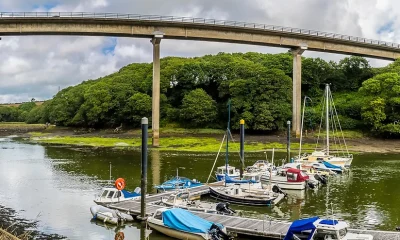
 News7 days ago
News7 days agoYouth rescued after 40-metre jump off bridge at Neyland Marina
-

 Crime22 hours ago
Crime22 hours agoPolice confirm arrests following violent disorder in Pembroke Dock
-
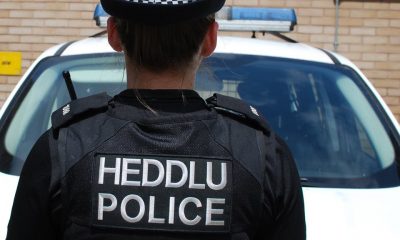
 Crime6 days ago
Crime6 days agoDock woman sentenced for jumping on police officer
-

 News20 hours ago
News20 hours agoTributes paid to ‘much-loved’ couple who died in A477 collision
-

 Community3 days ago
Community3 days agoTwo Pembrokeshire residents honoured in King’s Birthday List






















